
[Home]
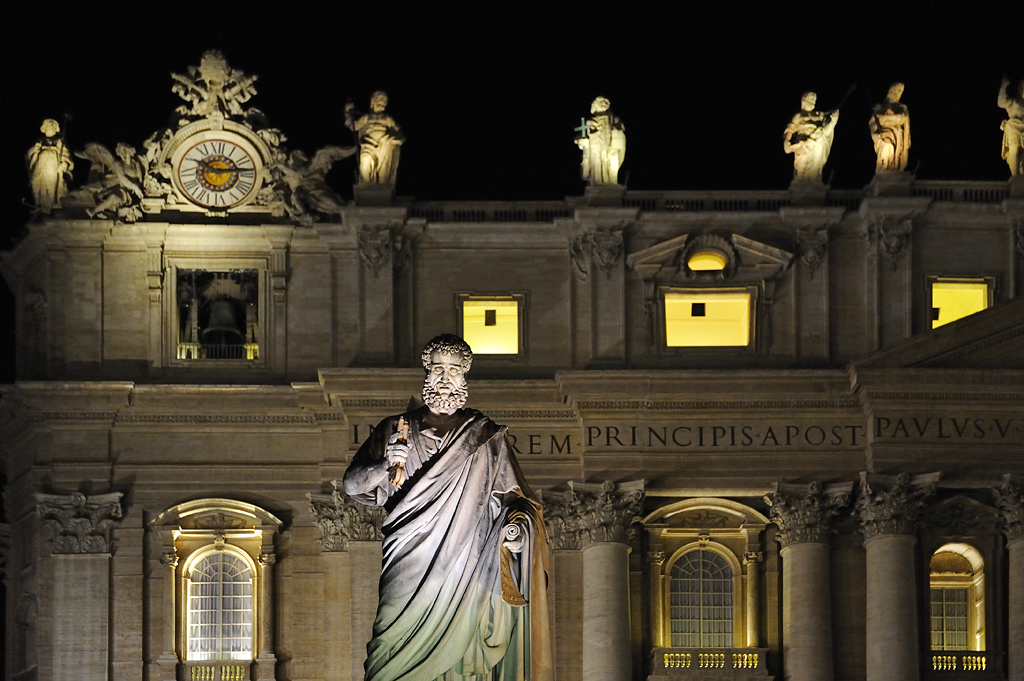
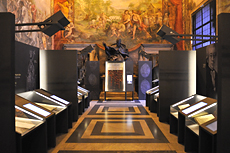
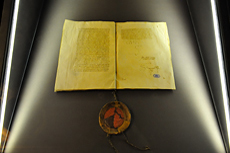
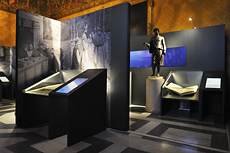
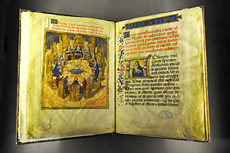
|
In
2012, for the first time in history, a selection of 100 original
documents of great historical importance from the Vatican Secret
Archives, where they have been preserved for centuries with many other
treasures in shelves running 85 kilometers, were displayed in the
opulent chambers of the Capitoline Museums in Rome. The occasion for
the exhibition was the founding of the Papal Archives 400 years ago and
can now be portrayed as, Light into the mysterious secrets.
Although they are 'only' documents presented in display cases in darkened chambers, together with explanations of their historical contexts, they become unique, super-exciting and living witnesses of their time. I found that so, in any case. Here are a few examples of this unique exhibition to date, which ended in September 2012. |
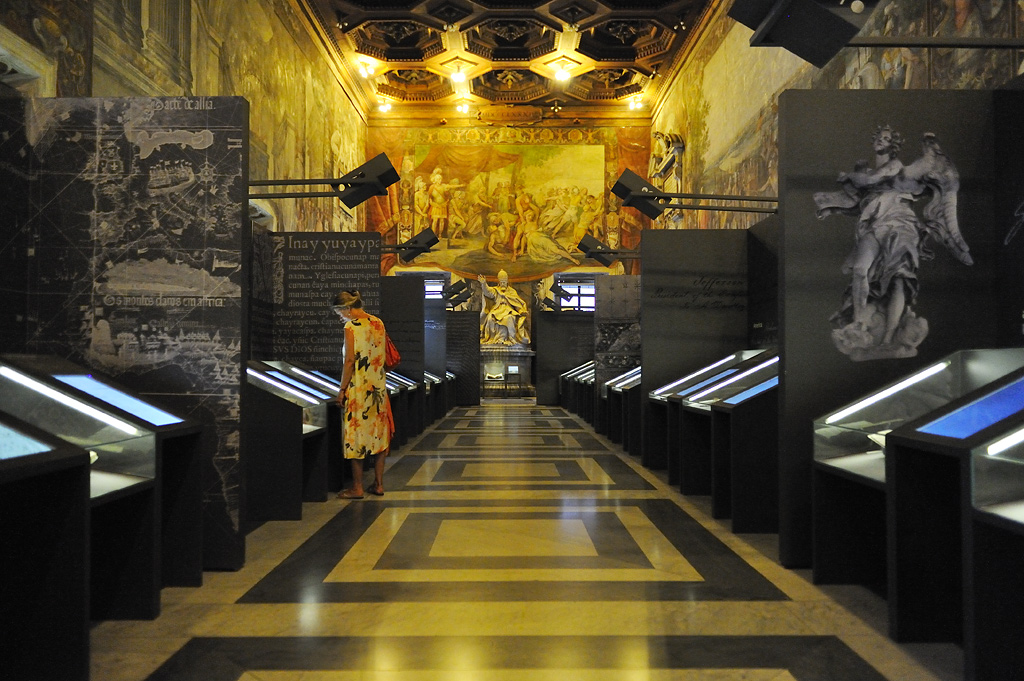
|
The Vatican Secret Archive is a world cultural heritage site. Secret here actually means private,
because the Pope alone determines, what can be made open to the public.
Researchers have had access to this unique archive since 1881 for
research purposes. Pope Leo XIII (1878-1903) had opened it up for
historical research.
|
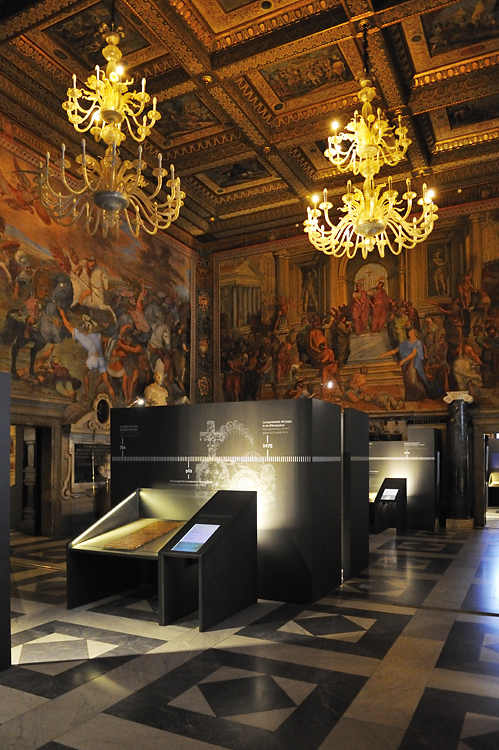
|
Of
the 85 kilometers long line of files there are, however, some
questionable collections still locked up. In particular, the documents
of Pope Pius XII (1876-1958), of which only parts were published, have
aroused indignation. Many observers regard the approach that the Pope,
as the Papal Secretary of State in 1933 took, against Hitler and the
Holocaust, and which he had decided in agreement with the National
Socialist Party of Germany, to be still inconclusive.
|
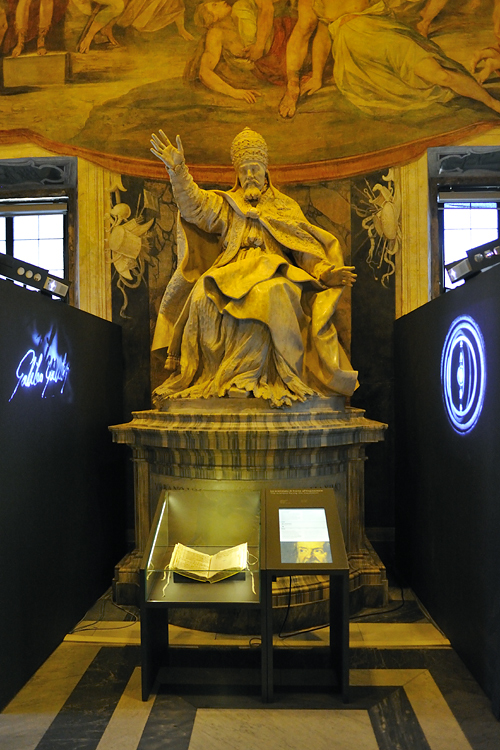
|
Galileis' book, Dialogue on the two chief world systems: Ptolemaic and Copernican
(in short: Dialogo) was published in 1632. In that he defended, among
other things, the Copernican system with his own - false - theory
of the tides. The Copernican (heliocentric) view was based on the
assumption that the planets revolved around the sun, as against the
older Ptolemaic (geocentric) view, in which the earth was considered
the centre of the Universe.
|
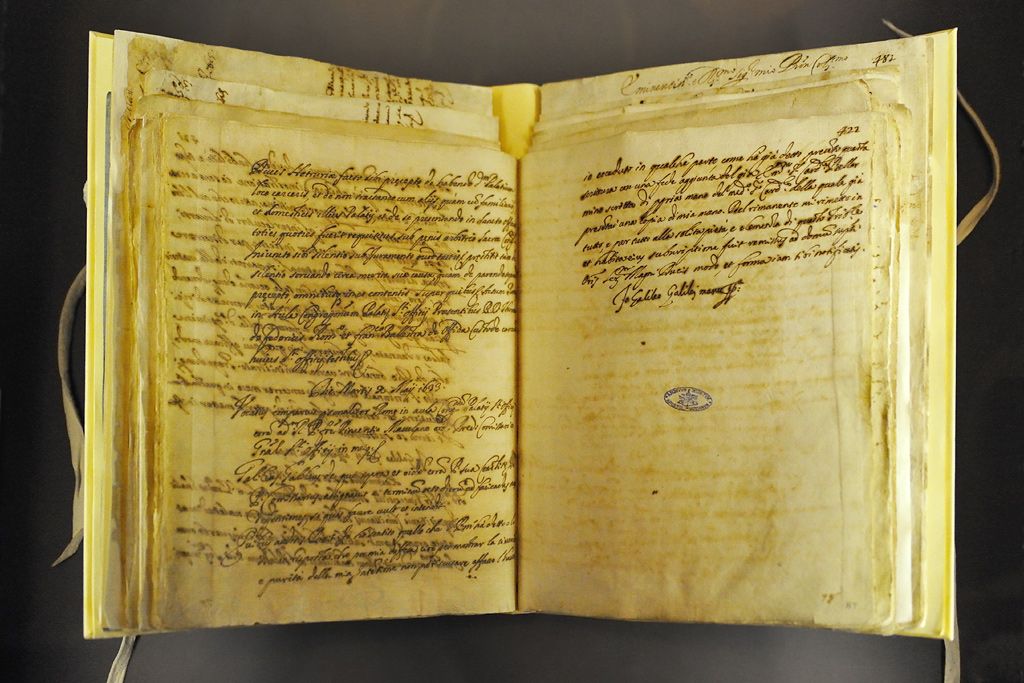
|
The
obligation of censorship to ensure that the book ended with a positive
closing speech on the Ptolemaic system, Galileo complied wherein he
allowed the fool, Simplicio
to hold a speech. Moreover, he made fun of the favourite thoughts of
Pope Urban VIII: one can never test the effects of a theory predicted
by him, because God can indeed produce the same effects at any time by
other means (obvious, logical). That was not particularly clever of
Galileo, because with this he stretched himself to the limit, gambled
with the protection of the Pope, and became a matter of stress with the
Inquisition. And they, as you know, did not joke!
Although he had friends among the Cardinals, he was put on trial in the year 1633 in Rome in the Basilika Santa Maria sopra Minerva (this is the one with small elephant with the obelisk in front, near the Pantheon). Only because he admitted his mistakes, cursed and abhorred them, he was 'only' incarcerated for life and so narrowly escaped execution at the stake. Puh, that was close! |
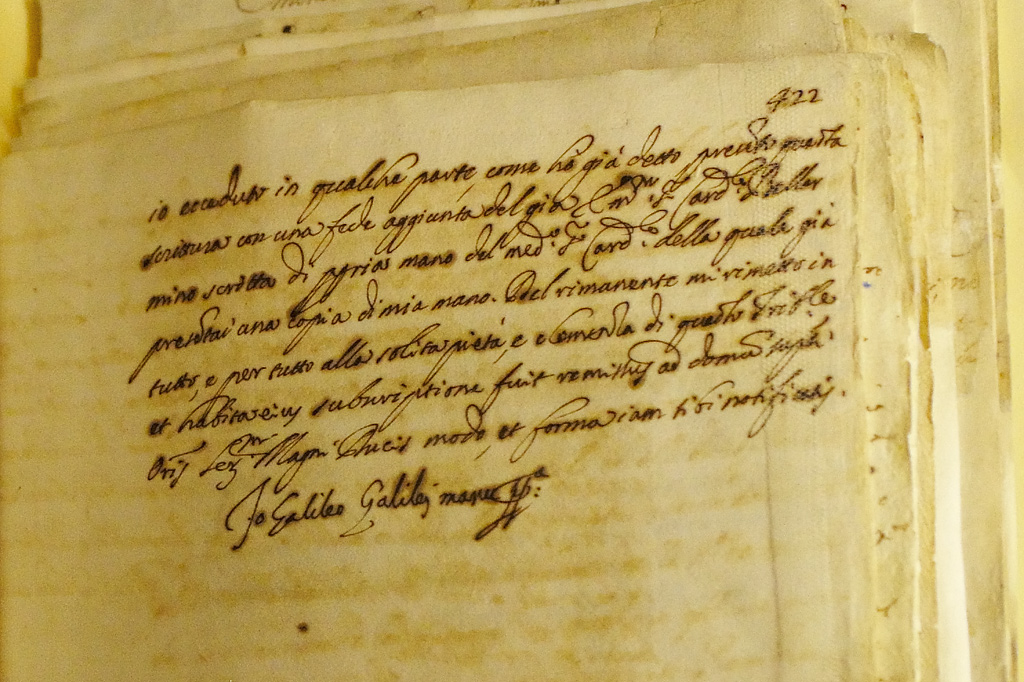
|
Galilei stayed firm in his convictions: just before leaving the courtroom, he is said to have murmured his famous sentence: Eppur si muove!
('And yet it moves!'). After five months, in December 1633, he was
allowed to return to his Villa Gioiella in Arcetri, but he remained
there under house arrest, coupled with a ban on any form of teaching.
|
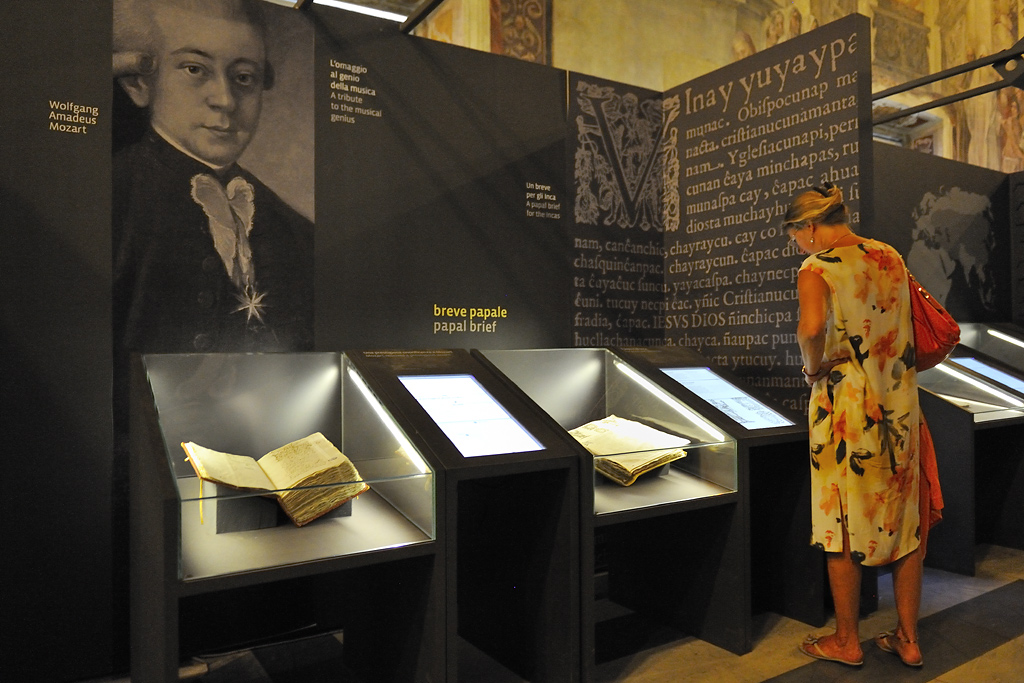
|
In the year 1770, Wolfgang Amadeus Mozart
travelled to Rome with his father Leopold. The concerts of this 13 year
old, performed across several different cities, were extraordinarily
successful. The trips also served the purpose for his musical and
linguistic training. Owing to his reputation, he could participate in a
Liturgy in the Sistine Chapel, where he heard the Misery for two choirs by the Italian composer Gregorio Allegri.
The musical scores of this composer were top secret. But the young
Mozart enjoyed the music thoroughly, and he wrote it down summarily
from memory - the deviations from the original were exceedingly
minor!
|
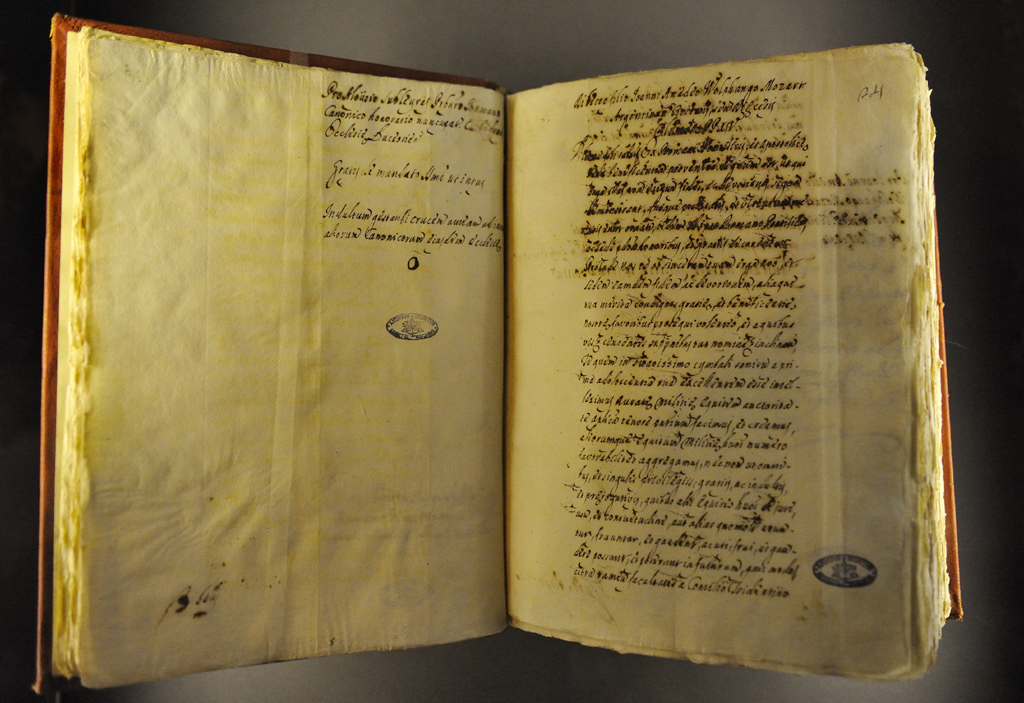
|
This
news reached Pope Clemens XIV himself in only a few days, who then
invited the young composer to a private audience and bestowed upon him
personally, the Order of the Golden Spur ('Spereon d’Oro')
|
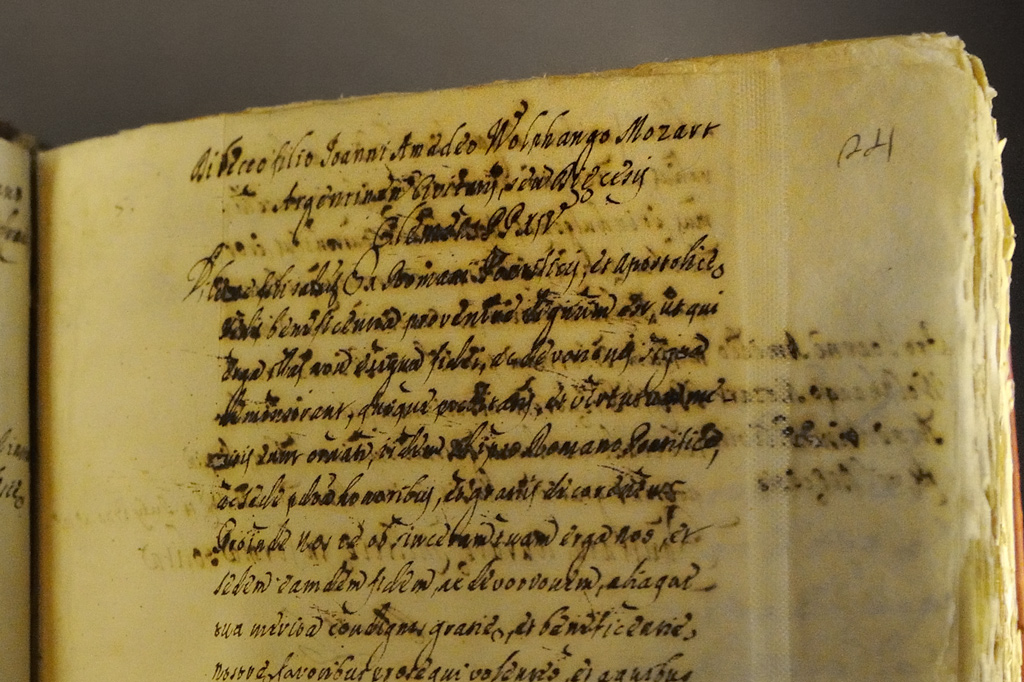
|
The Order of the Golden Spur
is the second highest order for the contribution of services to the
Roman-Catholic church. The bearers of this Order shall be entitled to
use the title, Knight ('cavalier') of Spur and addressed in letters as Sacri Palatii Comites et Equites aurati.
Truly fantastic! The cavalier is allowed (even today) to ride on
horseback into the church. Absolutely super – I have wanted this
for a long time! Mozart, however, did not want to use either of his new
privileges.
- - - * Breve is a papal document issued by the Pope, which differentiates the papal bull by virtue of its brevity and lesser solemnity. It is issued by the Pope without the counsel of the Cardinals, and always contains the official decisions, which allows it to be differentiated from the private writings of the Pope (‘motu proprio’). The German word 'Brief' is derived from the word 'breve'. |
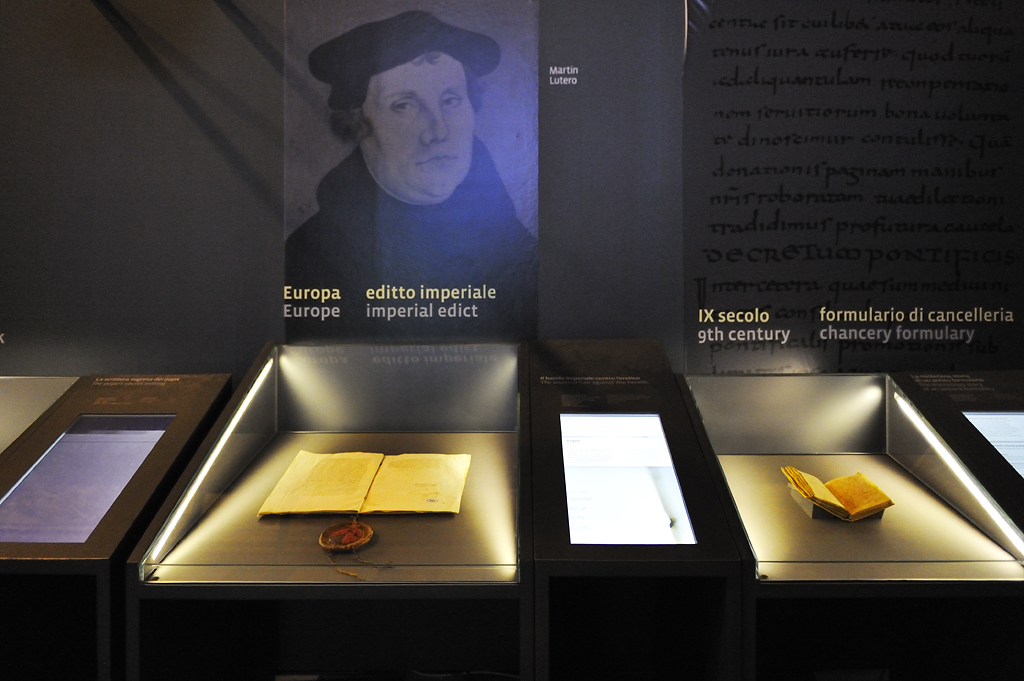
|
With the first Bull Exsurge Domine,
a 'threat of excommunication' in June 1520, Martin Luther had to recant
41 of his theses within 60 days; however Luther burned the Bull in
public! Through the second Bull in January 1521, as shown here, Decet Romanum Pontificem, Martin Luther was excommunicated. This document has never
before been made open to public and it is thus definitely the highlight
of this exhibition. Therefore some more background information.
Luther answered the threats, already voiced by Pope Leo X in Exsurge Domine against his writings and theses in 1517, with the means of his powerful eloquence as a publicist, which had been made possible through the recently invented printing press by Johannes Gutenberg in the year 1450. In his memoir, On the freedom of a Christian ('De libertate christiana'), Luther replied: A Christian is the free master of all things and is no one’s subject. |
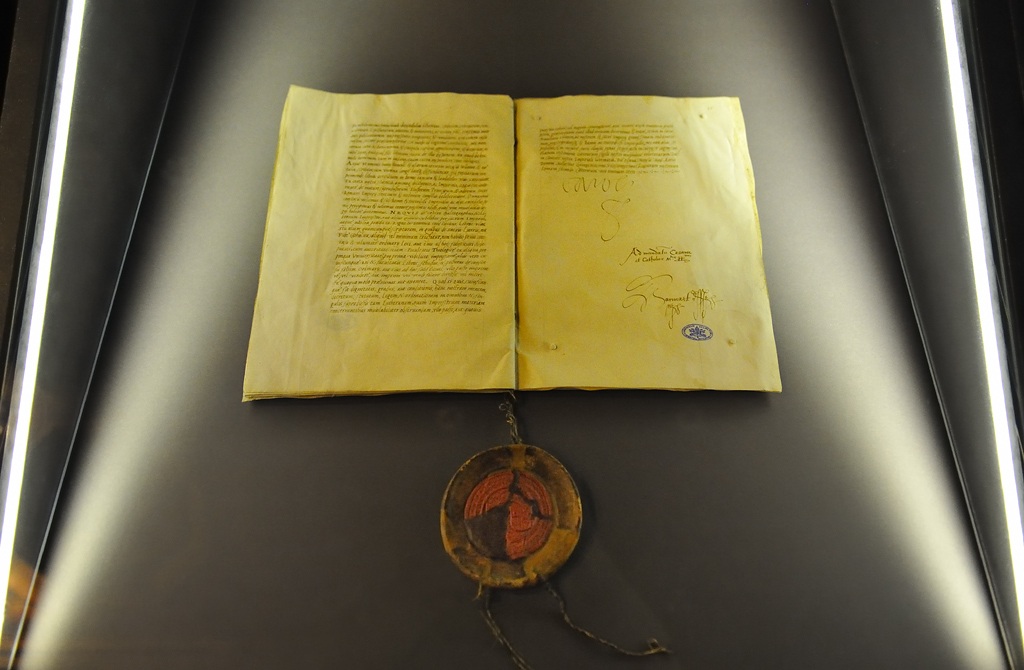
|
Urged to take action, Emperor Karl V
ordered Luther to come to the Parliament (Reichstag) at Worms. When
Luther refused to recant*, the young ruler imposed the Imperial Ban
('Edict of Worms') on him. From the effects of being outlawed, he was
saved by, as is generally known, the Saxon Electoral Prince Friedrich the Wise through an abduction on Wartburg. Here, Luther
translated the New Testament originally written in Greek into German.
The Reformation in Germany had started to take its course …
--- * "[Because] … my conscience is captured in the words of God, I cannot and will not recant anything, because it is dangerous and impossible to do anything against the conscience. God help me. Amen." (The often quoted version, "Here I stand, I cannot help it, God help me, Amen", is not proven.) |
|
The Conclave
(Lat: cum clave – "with the key") indicates the enclosed area, the
"Polling Station" of the cardinals for the papal election,
traditionally the Sistine Chapel. The term also denotes the gathering
of the cardinals themselves.
|
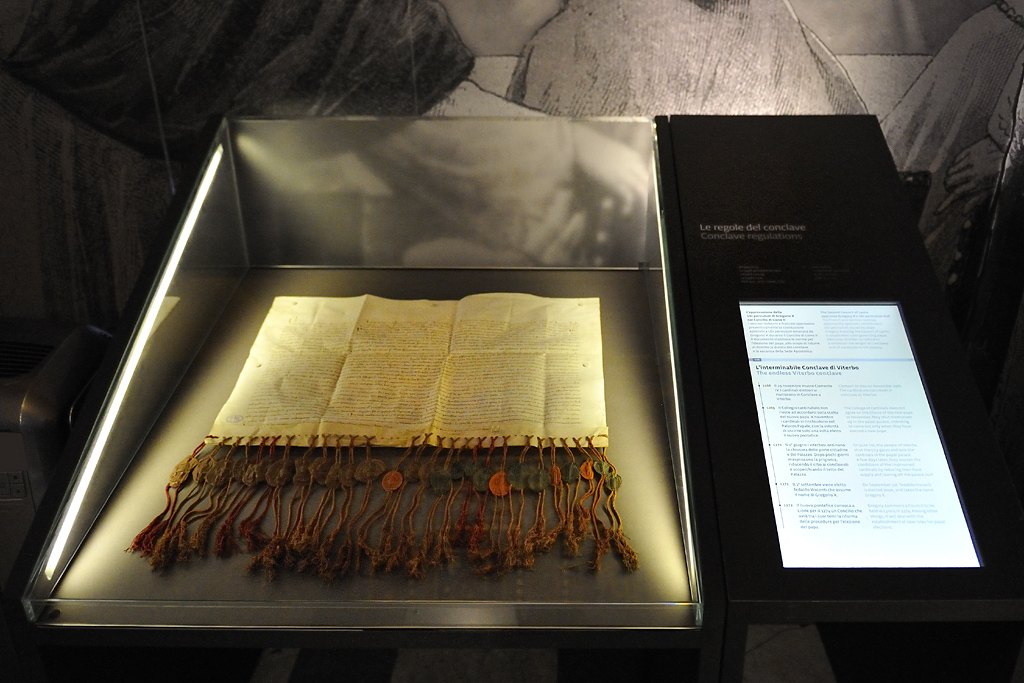 .
.|
The longest period without a Pope (Sedisvakanz or Vacant Throne)
in the papal history began after the death of Clemens IV in the year
1265: it lasted for three years. The election of the Pope always took
place at the official residence of the late Pope. In these times it was
Viterbo. After two years of searching for a Pope without success, the
citizens decided to take action. They confined the cardinals in the
palace of the Pope, deprived them of food and left the building
surrounded with gunmen. When this also did not work, the mayor of the
city removed the roof of the palace so that the cardinals were exposed
to the weather. It still took several months more, and finally on
September 1, 1271, the Archdeacon of Liege, Tedalo Visconti was appointed Pope: Gregor X.
In his opinion, such an event should never be repeated. He wanted to bring about quicker decisions in order to avoid excessively long vacancy of the Apostolic See. Therefore, he adopted new election regulations and introduced the new Conclave with the existing assumption of the Constitution Ubi periculum dated July 7, 1274 from the II Council of Lyon. If you would like to know more, you can click here. |
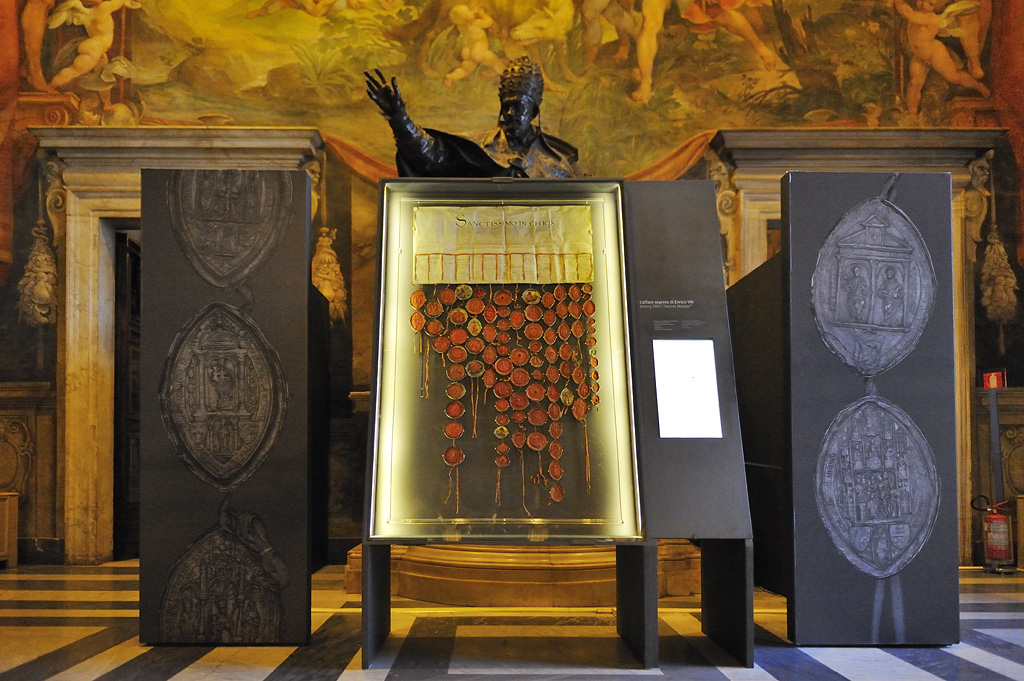
|
Note
With the Apostolic Constitution Universi Dominici Gregis – the Lord’s whole Flock,
dated February 22, 1996, Pope John Paul II had the Election Code
modified. Also the funeral arrangements and the liturgy in the Saint
Peter’s Basilica, where the body is to be transferred are
precisely defined. Photography of the late Pope is strictly prohibited.
Exceptions can be made only after the body has been laid out for public
viewing in the pontifical robes and after special permission of the
Cardinal Carmerlengo.
|